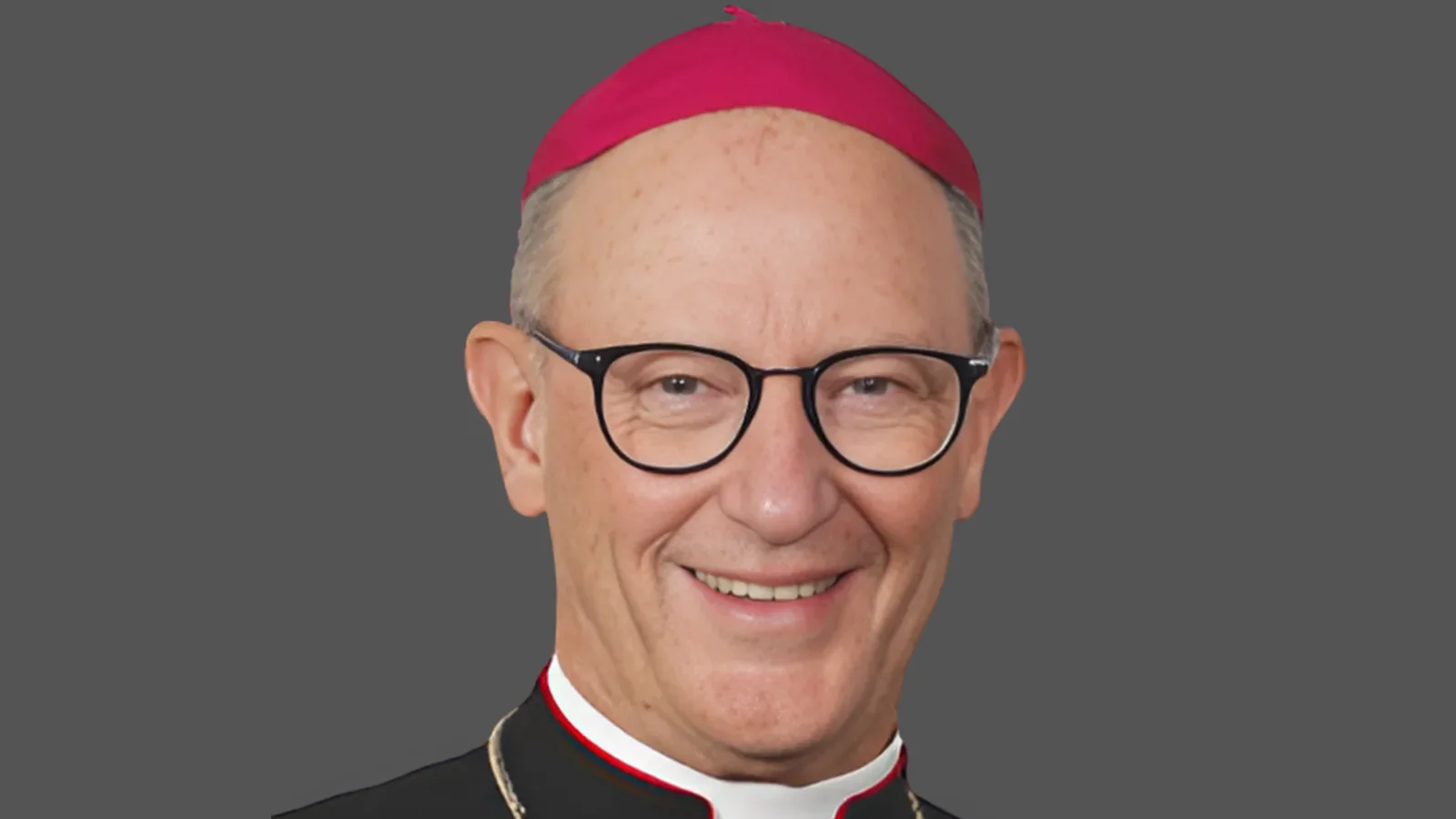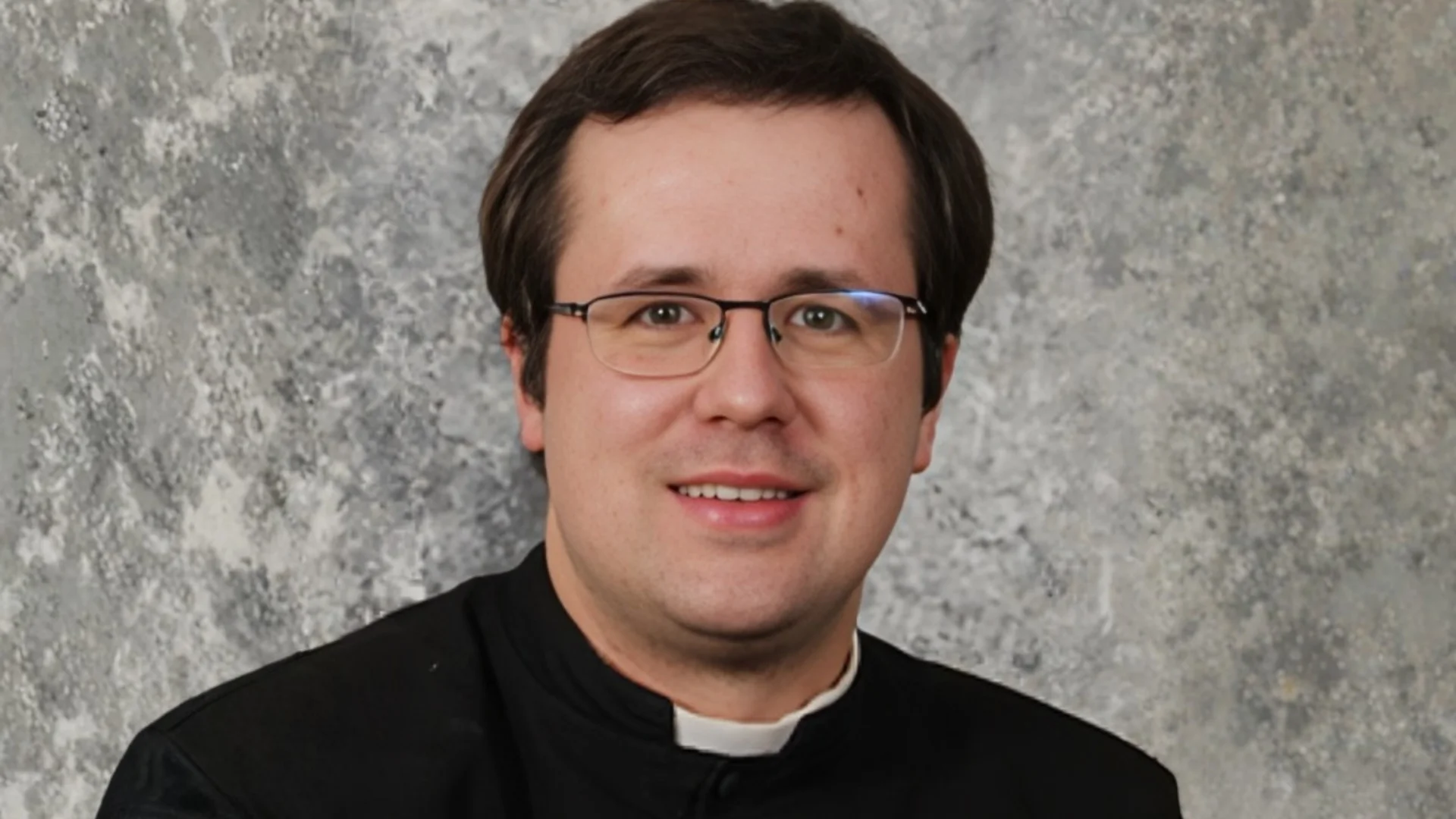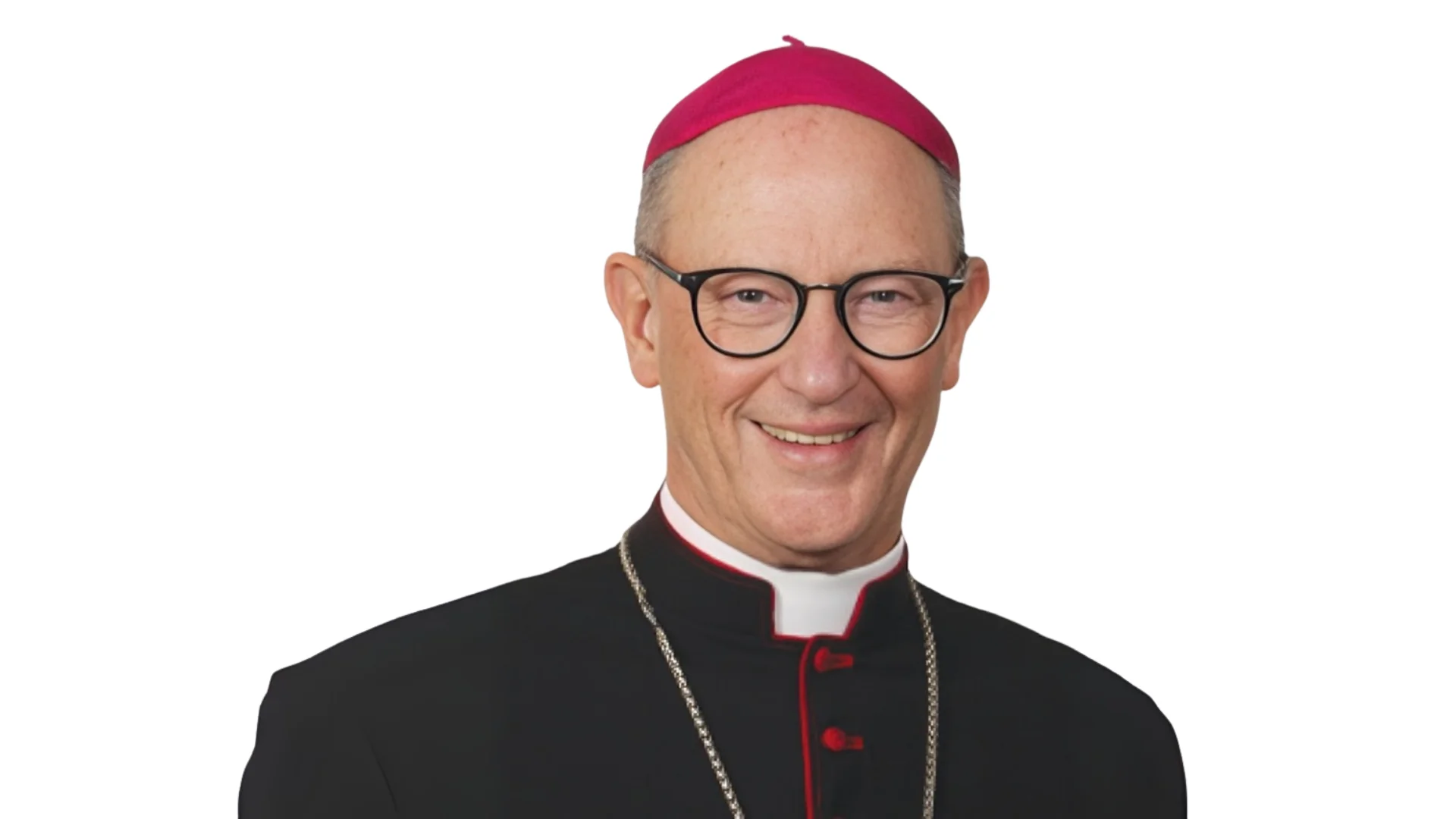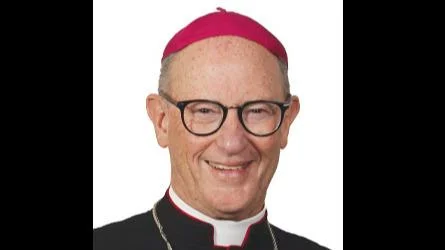
Bishop James D. Conley, Served the Catholic Church | Diocese of Lincoln
God’s love is expressed in the Catholic tradition through Eucharistic miracles, which are reported to have occurred throughout history in various countries. According to the Catholic Church, there are currently about 120 recognized Eucharistic miracles.
Eucharistic miracles typically involve a consecrated host either bleeding or appearing as human flesh. Scientific examinations of these events have consistently found that the tissue present is from a living male heart that has recently experienced significant stress. In some cases, the surface of the host displays what appears to be the face of Jesus.
These events are said to happen at times when believers experience doubt about Christ’s presence in the Eucharist or when hosts are stolen for desecration. Several well-known examples illustrate this phenomenon.
One notable case is the miracle at Lanciano in 8th-century Italy. During Mass, a priest who doubted transubstantiation witnessed the host turn into flesh and the wine coagulate into blood after saying the words of consecration. The transformed host reportedly remains preserved and can still be seen today in Lanciano.
Another example took place in Santarem, Portugal, in 1266. A woman stole a consecrated host to use as part of a love potion for her husband but was frightened when it began bleeding on her way home. She hid it in a trunk, which later emitted a bright light during the night, prompting her and her husband to return it to their parish priest. Their marriage was reportedly healed following this event. The host is now displayed in what is described as a crystal case not made by human hands.
In 1433, Avignon, France experienced severe flooding that surrounded Chapelle Sainte Croix where the Blessed Sacrament was exposed on an altar. Despite floodwaters rising to four feet around the church, witnesses reported that a dry path led from the entrance directly to the altar and that the Eucharist remained untouched by water.
St. Carlo Acutis developed an online resource documenting detailed accounts of Eucharistic miracles from approximately 20 countries—including 32 from Italy—and created exhibits aimed at raising awareness about these events globally. These materials can be accessed at https://www.miracolieucaristici.org/en/liste/list.html.
Although no American Eucharistic miracles have received official recognition by Church authorities, there have been reports under investigation—such as one from Thomaston, Connecticut—where a layperson claimed to have distributed more Communion hosts than were originally present during Mass.
Some critics suggest these miracles may be fabricated; however, proponents argue that scientific analysis disproves such claims. In certain instances, investigators found heart tissue interwoven with bread at a molecular level beyond current scientific replication capabilities. Furthermore, testing revealed that five different miracles involved blood type AB—the rarest blood group—making it statistically unlikely (one chance in 3.2 million) for all five cases to share this characteristic by coincidence.





 Alerts Sign-up
Alerts Sign-up